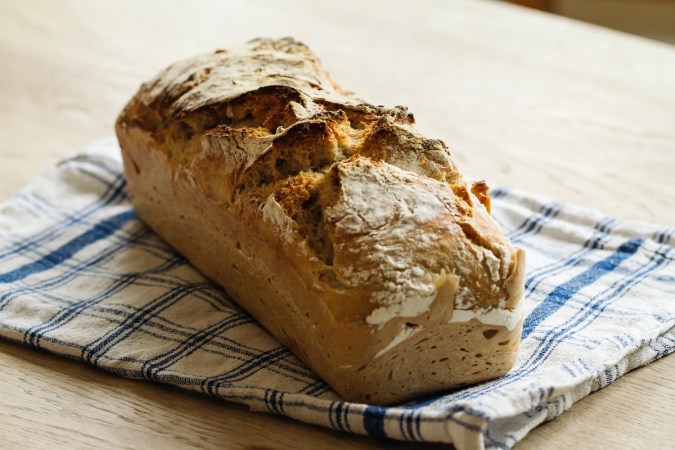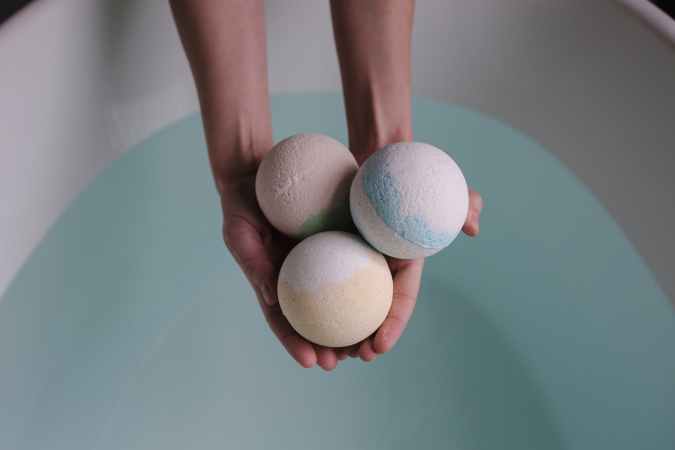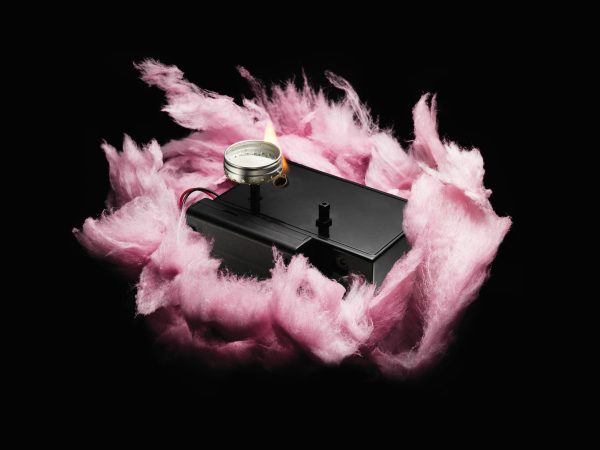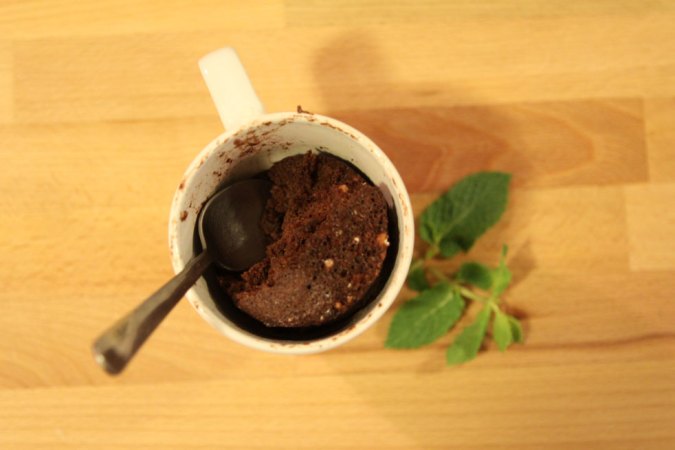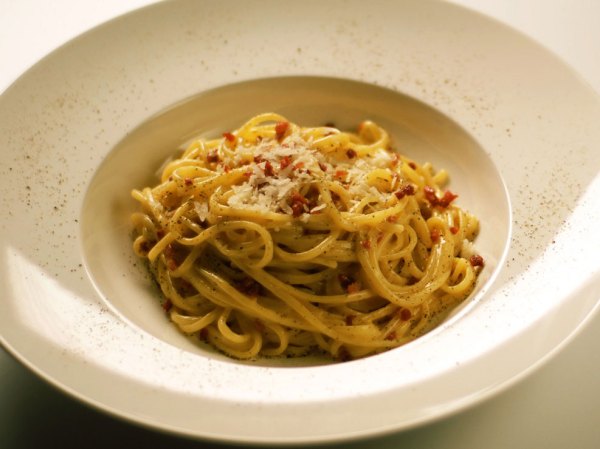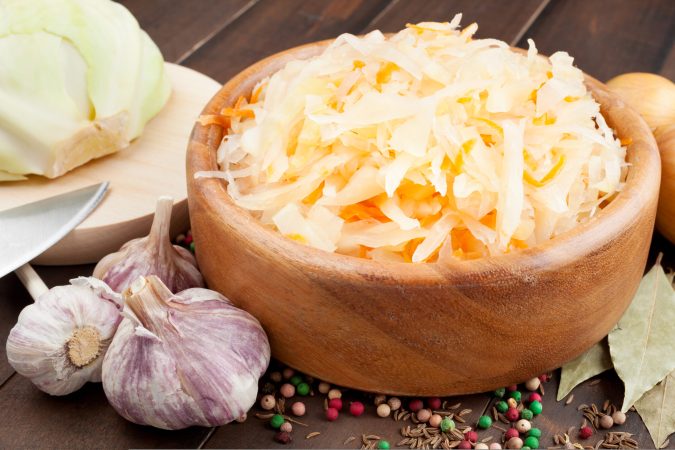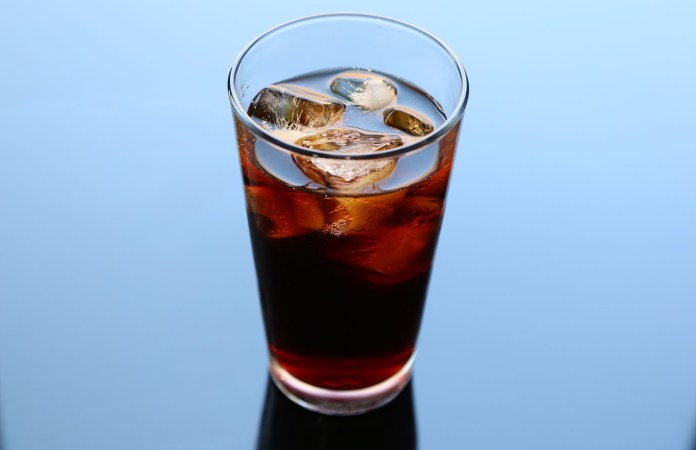

A really good chewy caramel—not too liquidy, not too hard, but at that golden point of candy perfection—sticks to your teeth and fills your brain with an explosion of delicious flavor. If that description makes your mouth water, don’t run to a candy store yet. You can cook up DIY caramels in your own kitchen with only a few ingredients.
Standing over a hot stove to carefully monitor a pot of molten sugar is hard work—and you must avoid getting that hot goo on your skin, as it can cause severe burns. But the reward of homemade caramels makes any effort (even individually wrapping hundreds of candies in squares of waxed paper—more on that later) worth it.
Sweet science
Caramel can take a nearly infinite number of forms. Chefs coat apples and popcorn in this burnished cooked sugar, drizzle it over ice creams and cakes, or let it stand alone as crunchy toffees or soft caramel chews. All those different forms come down to the method of preparation—and some fascinating kitchen chemistry.
So what is a caramel anyway? Turns out, when you eat caramel, you’re eating glass—kind of. In a 2014 paper about caramel published in the Journal of Food Science and Technology, the authors noted, “Caramel is physically a glass consisting of viscous syrup with milk solids dissolved or dispersed in it and with fat emulsified into it.”
Of course, a caramel does not taste like a glass full of curds and fat. But, just like the stuff in your windowpane, it is an amorphous solid, meaning it lacks an inherent crystal structure. To make that glass in your window, manufacturers heat crystals of sand to a high temperature, let them melt, and then carefully cool them into a translucent solid. You make caramels in much the same way, but their starting point is sugar, not sand.
Hard candy
To make a form of caramel that will become hard and brittle, you start by heating white sugar (and sometimes water) in a pan until it melts into a liquid. Then the fun begins.
As the sweet stuff gets hotter, it breaks down into two types of sugar molecule, fructose and glucose. Once the temperature of the molten sugar reaches about 338°F, these delicious chemicals, in combination with the heat, start creating the beautiful brown shade we identify with caramels. Your final product needs that brown color, but you have to watch carefully to make sure that the caramel doesn’t get too dark. The darker it gets, the more bitter it becomes, until it starts to taste burned.
Another problem to watch out for is recrystallization, when the liquid candy solidifies once more, creating a gross and grainy (rather than smooth and sublime) texture. If even one unmelted sugar crystal makes its way into your molten batch, it can trigger a recrystallization process that will force you to throw out your mix and start over. To avoid this problem, many chefs carefully wipe down the sides of their pans as they cook, and they avoid stirring the heated caramel, instead gently shaking the pan. If you go this route, be very careful to avoid getting molten sugar on your skin.
Another solution: Add some corn syrup. If you’re trying to stabilize your candy, especially a big batch, corn syrup (basically liquid sugar derived from corn) can be a lifesaver. It won’t completely get rid of the grainy-caramel issue, but the chemical structure of the corn syrup can help block recrystallization.
In the end, you should get the brittle type of caramel used in sugar work: those lovely candy-floss decorations that adorn cakes in a fancy pastry shop or entries in a popular British cooking competition. But be aware of the weather—water vapor in the air can spell disaster for these delicate decorations, as sugar can absorb moisture, a problem that is particularly bad on high-humidity days.
Sugar work is all very well, but personally, I prefer softer, chewier caramel candies. And to create those, we’ll have to add cream and butter to our sugary mix.

Something to chew on
Chewier candies also have some added help avoiding recrystallization: Once you add milk and butter to the mix, like corn syrup, they will help stabilize the caramel’s structure, as well as giving it that smooth, buttery texture.
As we discussed earlier, you see caramelization when you heat sugar at a high temperature. But you can also get that deep brown color from cooking cream and sugar together at a lower temperature, around 245°F. That’s because the proteins in the dairy, combined with the sugar, undergo the Maillard reaction. This process, also responsible for giving a seared steak its flavor, produces thousands of those chemicals that make caramel taste delicious.
Some recipes use a slightly different method, first heating the sugar on its own until smooth and browned, and only then adding cream and butter before bringing the mixture back up to the appropriate temperature. That was one of the first ways I learned to make caramel in high school, watching in awe as a friend transformed sugar and butter into candy.
Even with milk in the mix, this recipe can still go wrong. Making caramels means being utterly paranoid about the temperature. You need to watch that bubbling mass with an eagle eye, monitoring it as it changes color, and keeping strict track of the candy thermometer’s readout. When you’re dealing with superheated sugar, it pays to be cautious.
Once your caramel has reached the temperature the recipe calls for, pour it into a greased pan, and let it cool for several hours. Now you can start the real work: chopping up the candy into bite-sized morsels and wrapping it in wax paper.
The wax paper is critically important here—I can’t say this often enough. Just because the set candy looks solid, these chewy caramels are anything but. As mind and finger numbing as it can be, you have to individually wrap those little guys. Don’t take the lazy route, cutting them up into little squares and sticking them in a plastic container. Your hard-won candy will melt back into an amorphous blob. After wrapping up the vast majority of caramels (sprinkled with just a little sea salt—yum) I got sick of the constantly-tearing wax paper and the buttery residue on my fingers. This is what happened when I tried a shortcut.

Learn from my failure. Wrap the caramels.
Recipe roundup
That’s the basic chemistry, but with caramels, precision is everything. If you’re ready to sate your sweet tooth, you should follow a recipe. Here are a few different ones to try at home.
- The recipe used in this article: Caramels from the Exploratorium
- Coconut milk carmels from Saveur
- Salted caramel sauce from Saveur





